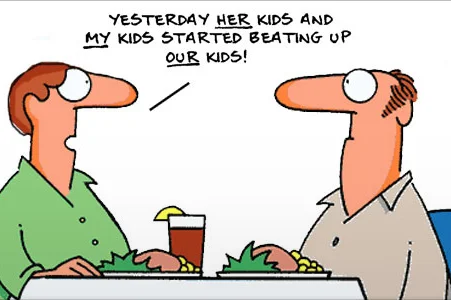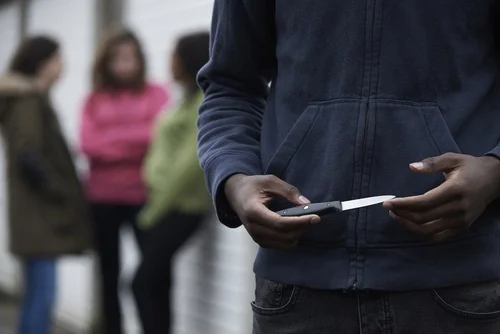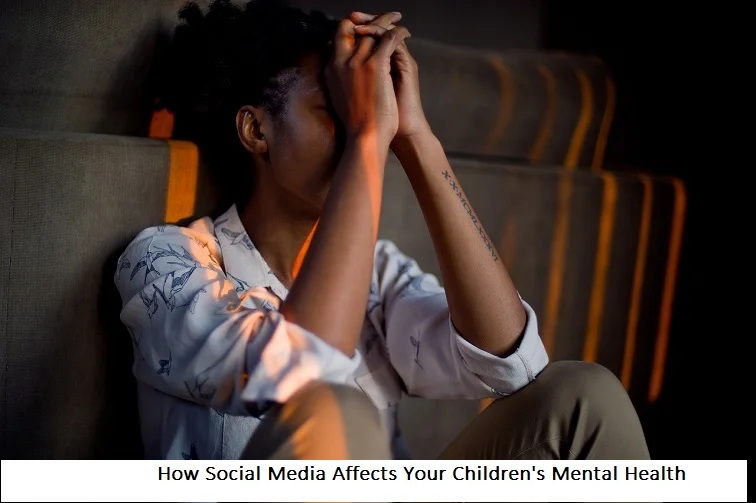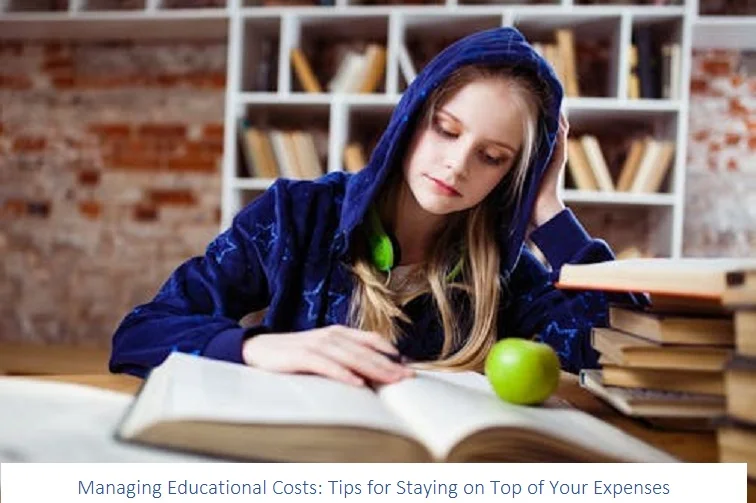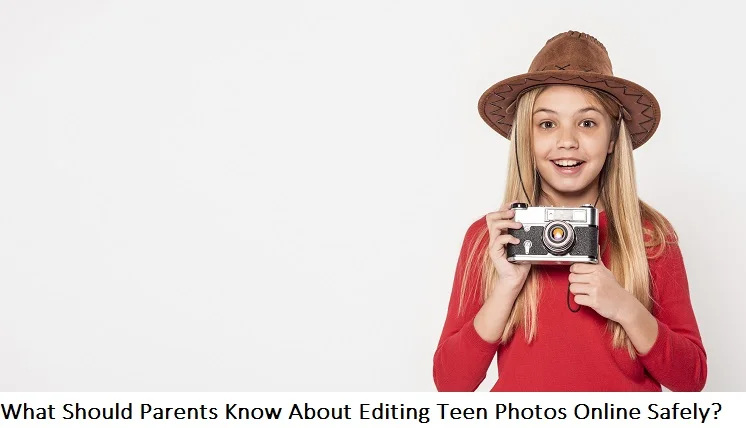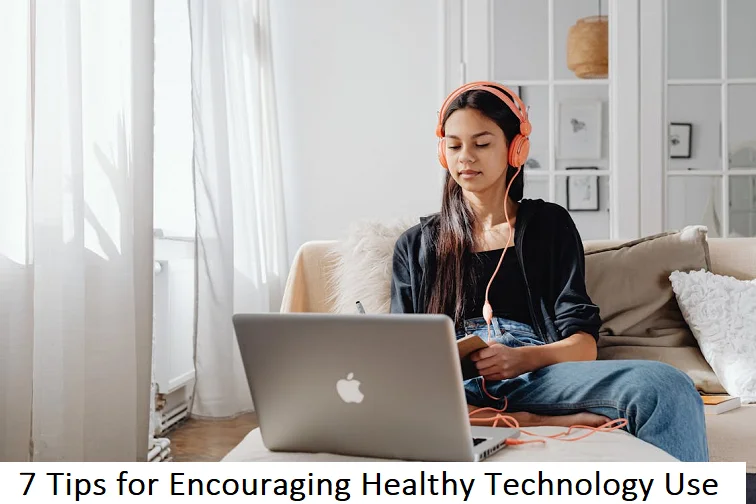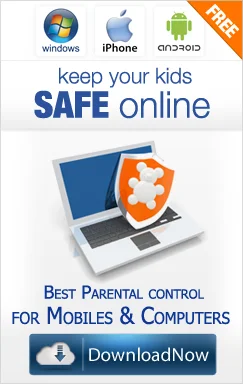+1 845 259 2974 (11 a.m to 7 p.m CST)
How Technology Lets Students Filter Their Web Experience

It's been a couple of decades since the world has seen an unprecedented integration of technology into every facet of life, including education. As the vast expanse of the World Wide Web offers a plethora of information at one's fingertips, it's crucial now, more than ever, to understand and utilize the web effectively. For students, especially, the web has not just become a source of information but also a tool to enhance their academic journey. With many turning to the internet with phrases like "write my speech for me," it's evident that students seek tailored experiences to cater to their unique educational needs.
Personalized Learning
Personalized learning is an instructional approach that tailors the educational experience to individual students' needs, preferences, and learning styles. Its essence is rooted in the idea that every student learns differently. With the advent of technology, this concept has gained traction and has become a reality for many. As traditional classroom settings continue to evolve, the web has emerged as a pivotal tool, bridging the gap between standardized teaching methods and individual learning pathways. This shift towards personalized learning does more than cater to students' individual requirements. It fosters an environment where students are more engaged, as they can access resources tailored to their interests and proficiency levels, ensuring a more effective and enjoyable learning process.
Tools & Technologies that Aid Filtering
Search Engines and Advanced Filtering Options
Search engines have dramatically evolved over the years, moving beyond basic keyword searches. Modern search engines incorporate advanced algorithms and filtering options that allow users to hone in on precise results. For students, this means the ability to conduct academic research with more specificity, targeting articles, journals, and sources that align with their academic needs.
Content Curation Platforms
Platforms such as Wakelet and Pinterest have emerged as powerful tools for content curation. These platforms allow students to not only gather information from diverse sources but also organize and present it in a manner that aligns with their understanding and learning preferences. This form of curation provides students with a personalized repository of resources, streamlining their studies and projects.
Educational Apps and Websites
The landscape of education has expanded with platforms like Khan Academy, Coursera, and others. These platforms give students the autonomy to select specific courses or learning paths that resonate with their interests and academic objectives. Additionally, some of these platforms have integrated Artificial Intelligence, which monitors user behavior and suggests content or courses that align with the user's demonstrated interests and learning trajectory.
Browser Extensions
For many students, the web is full of potential distractions. Tools like StayFocusd or uBlock Origin come to the rescue by minimizing these distractions. These browser extensions allow users to block specific websites or content, ensuring a more focused online study environment. Moreover, extensions can also filter out unwanted ads or content, ensuring that students' web experience remains relevant to their academic needs.
Virtual Reality & Augmented Reality
Beyond the traditional web experience, VR and AR offer immersive learning opportunities. Tailored VR/AR applications can provide students with simulations, virtual field trips, or interactive lessons, further personalizing their educational journey. With this technology, students can engage with content in an entirely new dimension, making learning more dynamic and impactful.
Implications for Digital Literacy and Safety
Critical Thinking
While technology offers a plethora of resources tailored to individual needs, it's crucial for students to cultivate critical thinking skills. Relying solely on filtered content can sometimes create a narrow perspective, so students should be taught to evaluate and cross-reference sources. Being digitally literate means not just consuming information but discerning its validity and reliability. Educators and guardians play a pivotal role in equipping students with the tools to analyze and question the content they encounter.
Avoiding Echo Chambers
A potential pitfall of over-filtering web content is the creation of echo chambers. By continuously engaging with similar viewpoints and content, students risk having a limited and potentially biased understanding of subjects. A well-rounded education should encompass a diversity of perspectives. Hence, while technology assists in personalizing the learning experience, there needs to be a balance, ensuring students are exposed to a wide range of ideas and viewpoints.
Digital Privacy and Data Security
With the increasing use of personalized educational platforms, students often leave digital footprints. They should be educated about the implications of their online behavior, including understanding cookies, data sharing, and the potential risks associated with revealing personal information. Schools and educators must prioritize teaching students about digital privacy and data security, empowering them to make informed choices in the virtual world.
Over-Reliance on Technology
The convenience and adaptability of technology in education can sometimes lead to an over-reliance. There's a risk that students might lose the ability to conduct offline research or value face-to-face interactions in a learning environment. It's essential to strike a balance between traditional learning methods and tech-driven ones to ensure a holistic learning experience.
Despite the strides made in technological advancements, there's a palpable digital divide. Not every student has access to the latest gadgets, high-speed internet, or advanced learning platforms. This disparity raises concerns about equity in education. Students without access to these resources might find themselves at a disadvantage, highlighting the need for inclusive strategies and solutions in educational technology.
Reliance on algorithms and personalized platforms doesn't eliminate the risk of encountering misinformation. Algorithms can sometimes prioritize popular content over factual accuracy. Students might be exposed to biased, outdated, or incorrect information, emphasizing the importance of human oversight, regular content updates, and instilling a robust fact-checking culture among learners.
Final Thoughts
Personalizing the web experience for students holds immense potential. While some students might turn to the paper writing service to curate their work, it's essential to understand that the ultimate goal is fostering independent thinking and research abilities. The true essence of personalized learning lies in empowering students to harness the vast resources available to them, refining their discernment skills to choose what best suits their academic and personal growth.
Looking ahead, the future of education seems intrinsically linked with technology. Emergent tech trends, such as AI-driven learning experiences, augmented reality classrooms, and even more advanced curation tools, are on the horizon. The challenge lies in ensuring that these innovations are harnessed judiciously, maintaining a fine balance between personalization and comprehensive education. As educators and tech developers work in tandem, the aim should always remain clear: creating an enriching, inclusive, and holistic learning environment for all.





